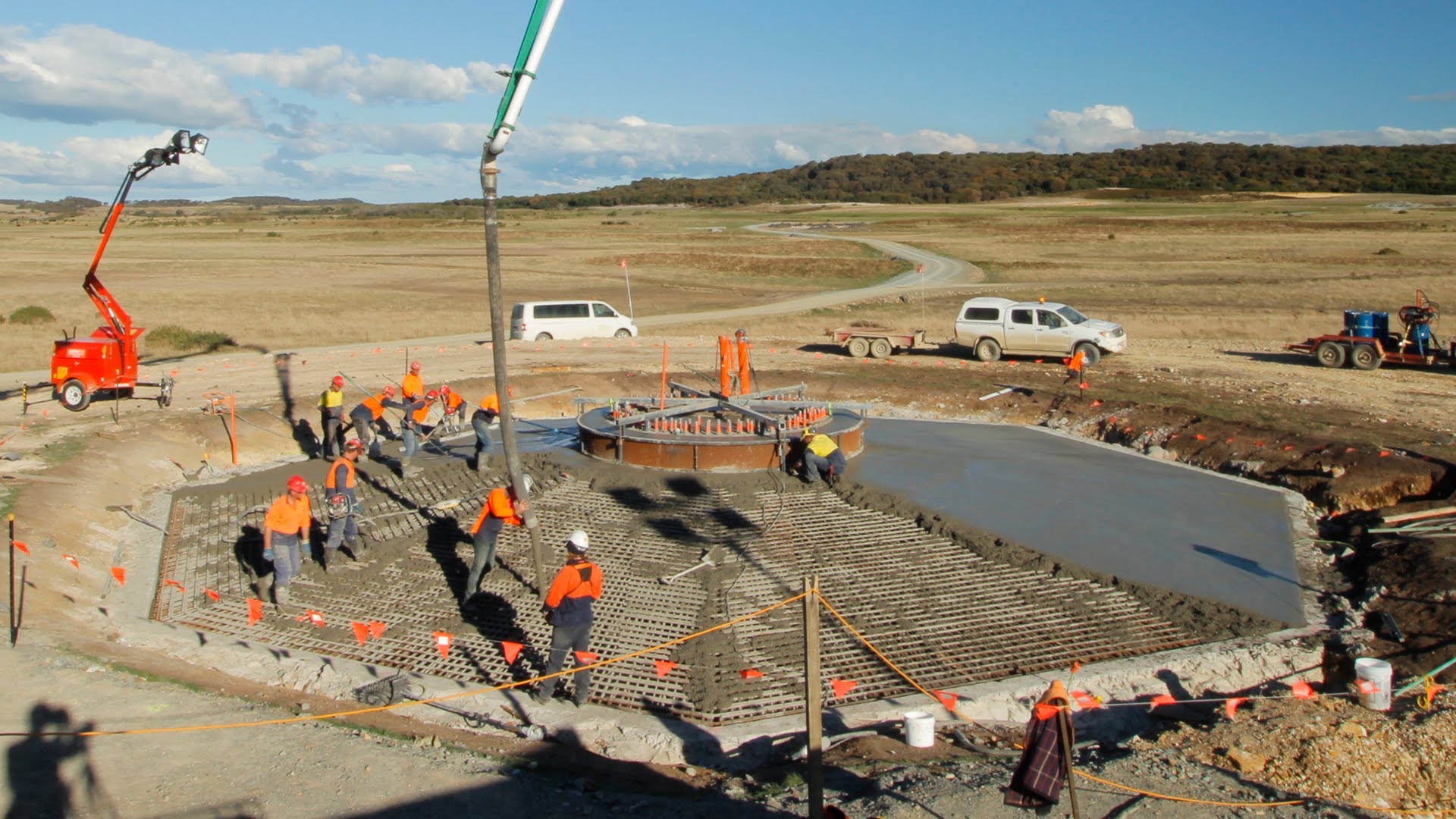Global Wind Day is a worldwide event that occurs annually on 15 June for celebrating the success of wind energy.

It is a day for discovering wind, its power and the possibilities it holds to change our world. The focus of the day is to provide the public with an opportunity to visit wind farms and see how wind energy is generated and for wind power experts to help educate people on the power of the wind. Thousands of individuals are involved in the production of energy from the wind, and in more than 80 countries around the world, wind farms are in operation, generating energy from a clean and renewable source. But for many people, wind energy is a mystery, so the event provides a way to inform and educate information to adults and children about wind energy, its power and the possibilities it holds to change the world. Events included visits to onshore and offshore wind farms, information campaigns, demonstration turbines being set up in cities, wind workshops and a wind parade.
Wind power benefits
There are plenty of benefits applying the wind power as energy for our world, environment and individuals specially our future generations. Wind energy is also beneficial for the economy, bringing clean energy and jobs to local communities all over the world. The wind industry brings new jobs and investment to areas where traditional industries (shipbuilding, coal regions, etc.) have declined.
Onshore wind is now the cheapest form of new power generation on average, and offshore wind is not far behind with costs having fallen over 60% in 3 years. And it’s getting easier and cheaper to integrate wind power in the energy system. As a local resource, wind also means much less money spent on fossil fuel imports. And of course it means less CO2 – and cleaner air – in our cities.
The other benefit of wind power is that it emits and produce no greenhouses gases or pollution. There are some emissions created by the construction of wind farms, but wind power essentially produces electricity without using any fuel and using only a natural and renewable resources. Neither does it require the water that is needed for cooling which many other technologies that generate electricity rely on.
As a result, wind power provides a circumstance having a healthy life due to produce not pollution. For this reason, humanity avoid climate change and global warming and other harming actions. In this atmosphere, we’ll have a green and beautiful earth for our future kids and posterity. Consider the animals like turtles, pole bears, pandas and so on, that can survive for a long time and animal distinguish will decrease in a high range.
Here are some other exciting advantages of celebrating Global Wind Day:
1. Creation of green jobs
The U.S. Bureau of Labor Statistics declared that wind turbine technician is the fastest growing occupation, with the number of jobs expected to increase 108 percent between 2014 and 2024, resulting in 88,000 jobs. Wind power had a record growth year globally, too. Strong installation rates in China, the United States and Germany resulted in a 5-percent increase in global employment, to reach 1.1 million jobs, according to the International Renewable Energy Agency (IRENA). As a result, the workers and colleagues of this field, have increased during the last decade and it will increase in the following decades.
2. More power
The World Wind Energy Association reported that 2015 was a record-setting year for growth in wind energy capacity – 63,690 megawatts of wind energy capacity were added in 2015, bringing the total wind capacity to 435 gigawatts. And according to AWEA, wind energy was the largest source of new electric generating capacity that came online in the U.S. in 2015, at 41 percent of the market – more than solar energy or natural gas. Other countries have taken the same steps to increase wind energy in their local areas.
3. Eco-friendly
The goal of renewable energy is not only to reduce our dependency on finite traditional energy sources, but also to find cleaner ways to generate energy and reduce pollution that affects our planet and our daily lives. Coal- and natural gas-fired power plants pollute our air, are major contributors to global warming and consume vast amounts of water — harming our rivers and lakes and leaving less water for other uses. Wind energy has none of these problems. It produces no air pollution, makes no contribution to global warming and uses no water. AWEA was recently able to quantify the health benefits that have come as a result of the growing wind industry – according to the organization’s annual report, wind cuts huge amounts of sulfur dioxide and nitrogen oxides, harmful pollutants that cause smog and trigger health issues such as asthma attacks. In 2015 alone, this saved $7.3 billion on U.S. public health costs.
4. Low operational costs
It’s perfectly true that initial installation of wind power technologies requires high capital outlay, more so installing a commercial wind turbine. It all boils down to the number of turbines to be installed, the date the turbine purchase agreement was activated, cost of financing, location of the turbine installation project, construction contracts and much more. However, once these systems are up and running, the operational costs will significantly come down. Only routine maintenance will be required to ensure the turbines are operating seamlessly.
5. Facilitate the recreation
It is clear that a large amount of our entertainment depend on the power of wind. Sailing ships use wind to power their movement with the help of sails. Many sports and recreational activities make use of the wind, these include kite boarding, wind surfing, sailing and paragliding, balloon riding and so.
6. Doesn’t take up much land
Generally, wind energy is space efficient. The largest wind turbines capable of catering to the electricity needs of about 600 homes can be situated close together and the land in-between utilized for agricultural purposes. This is the real reason numerous farms stand to benefit a great deal from installation of wind turbines rather than solar panels.
Therefore, its logical taking necessary steps and invest a wide amount of money to create more wind turbines. Without a doubt, having a green world with heathy creatures and various animals and plants rely on this project.
7. Massive potential
The potential of wind energy is totally incredible. Multiple research studies have converged to this conclusion. The global potential of wind energy is more than 400 TW (terawatts). This is because wind is almost everywhere and can be harvested anywhere. The only stumbling block will be your financial capability to harness it.
Religions and wind power
Wind and wind power in popular religions is a facility for destroying the grief, preventing diseases, helping to faster recovery of illness and preventing from the deterioration of the fruits and vegs. It is also a blessing device to protect cereals from being damaged. These benefits of wind are considered as the divine thought in all major religions. however, the holy Quran also has given a special attention to wind and its power “And of His signs is that He sends the winds as bringers of good tidings and to let you taste His mercy and so the ships may sail at His command and so you may seek of His bounty, and perhaps you will be grateful.” Furthermore, in holy Quran gentle breeze blowing, is considered as a bless and bounty of God to exhilarate and delight individuals.














Comment
Reply